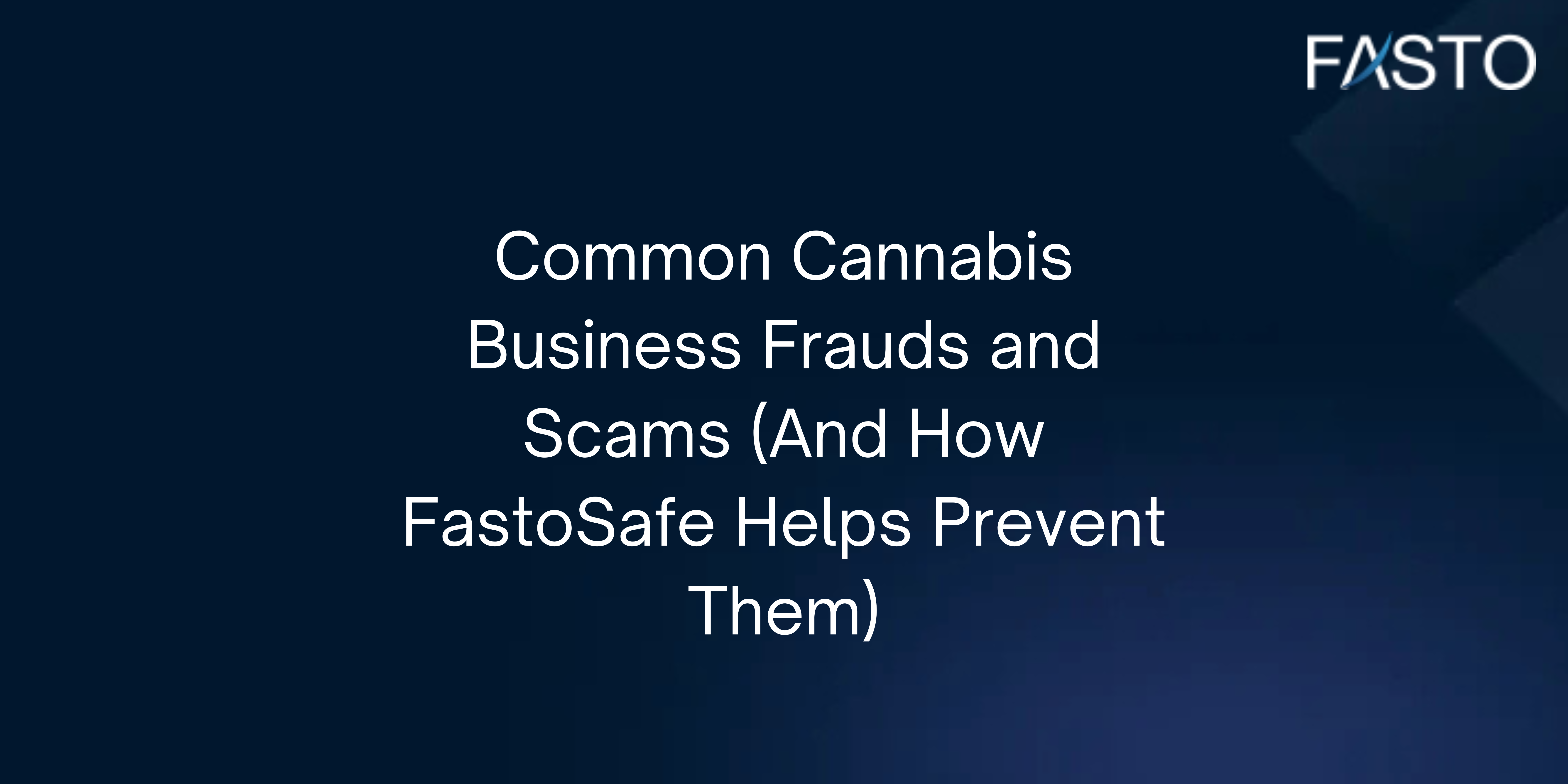Real-time transaction monitoring has emerged as the frontline defense for businesses fighting to survive in high-risk sectors.
This article explains why this technology is non-negotiable, how it slashes fraud losses, and the steps to implement it without disrupting your operations.
What Is Real-Time Transaction Monitoring?
Real-time transaction monitoring is a proactive fraud detection system that analyzes every payment as it happens, using advanced algorithms to flag suspicious activity before it becomes a chargeback or dispute.
It cross-references hundreds of data points like IP geolocation, device fingerprints, purchase history, and behavioural patterns to identify anomalies.
Here’s how it works in practice
A customer attempts to buy a $1,000 travel package using a credit card. The system instantly checks if the billing address matches the cardholder’s location, whether the device has been linked to prior fraud, and if the purchase aligns with the user’s typical behaviour.
If red flags arise, such as the IP being in Nigeria but the billing address in Canada, the transaction is flagged for review or blocked.
Unlike traditional fraud checks that run periodic scans, real-time monitoring acts instantly, reducing the window for fraudsters to exploit your system.

How Real-Time Monitoring Protects Your Business
Real-time monitoring slashes chargebacks at the source, which is essential since chargebacks cost high-risk businesses an average of $3.60 for every $1 lost to fraud.
This technology effectively blocks criminals using stolen card data by preventing them from bypassing systems that detect mismatched IPs, sudden high-value orders, or rapid-fire purchase attempts.
Additionally, real-time monitoring reduces friendly fraud by logging device fingerprints and geolocation data as proof, making it less likely for customers to successfully claim “I didn’t make this purchase” when they actually did.
Maintains Processor Relationships
Payment processors track your chargeback ratio (disputes per 100 transactions).
Exceed 1%, and you risk account termination or steep fines.
Real-time monitoring keeps this ratio in check by stopping fraud before it becomes a dispute.
A gaming platform using this approach maintained a 0.6% chargeback ratio despite processing $2M monthly, securing their high-risk merchant account.
Adapts to Evolving Fraud Tactics
Fraudsters constantly change tactics, from synthetic identities to AI-generated phishing schemes. Real-time systems powered by machine learning evolve with these threats.
For instance, when a wave of “clean fraud” (using legitimate-looking stolen data) hit the travel industry, platforms with AI-driven monitoring adjusted rules to flag overnight booking spikes from new accounts.
Key Features of an Effective Real-Time Monitoring System
Not all fraud detection tools are built for high-risk industries. Look for these features:
AI-Powered Risk Scoring
Machine learning algorithms analyze historical and real-time data to assign risk scores. For example, a $500 order from a repeat customer’s trusted device gets a low score, while a first-time purchase from a high-risk region triggers a review.
Customizable Rules Engine
Tailor rules to your business’s unique risks. A subscription service might block users who sign up with disposable emails, while a travel agency could flag bookings with mismatched billing/shipping addresses.
Seamless Integration
Choose a system that integrates with your payment gateway (like Shopify or WooCommerce) without requiring code overhauls.
Global Compliance Tools
Automate age verification for restricted products (like CBD or adult content) and ensure transactions comply with regional regulations (e.g., GDPR, PCI DSS).
Scalability
The system should handle peak traffic (like Black Friday sales for a travel agency) without lagging or false declines.

How to Implement Real-Time Monitoring in 4 Steps
1. Audit Your Current Fraud Landscape
Start by analyzing past chargebacks and fraud attempts. Identify patterns: Are most disputes from international transactions? Do fraudsters target specific products? Tools like FastoSafe offer free risk assessments to pinpoint vulnerabilities.
2. Choose a High-Risk Specialized Solution
Generic fraud tools lack the nuance for industries like gaming or CBD. Opt for platforms experienced in high-risk sectors. FastoSafe, for example, uses industry-specific machine learning models to detect threats like subscription fraud or fake travel bookings.
3. Train Your Team
Educate staff on reviewing flagged transactions. Provide clear guidelines: When to approve, when to decline, and when to request additional verification.
4. Monitor, Test, and Optimize
Run A/B tests to refine rules. For instance, if blocking all VPN users increases false declines, switch to challenging high-risk VPN transactions instead. FastoSafe’s analytics dashboard tracks fraud attempts, chargeback rates, and performance in real time.


